




I took a thoroughly absorbing workshop recently called Photographic Storytelling by Lewis Bush. Apart from learning a lot, I discovered that this is where I want to take my photography practice. I have been moving towards this path without actually knowing that the path is called Photographic Storytelling.
Lewis Bush is a photographic artist who works across media and platforms to visualise powerful agents, practices and technologies, and the links that connect them. He has published numerous books including Metropole (2015) and most recently Shadows of the State (2018). He is course leader of the MA Photojournalism and Documentary Photography at LCC. It was there that I met him in 2016 when I took the 3-week summer instensive Magnum x LCC Documentary Photography course. To know more about Lewis Bush, click here.
The workshop was a one-day online workshop. We had very stimulating discussions and exercises to explore how stories are structured and created through images and words. We looked at ideas from literature, cinema and other media. We had a lively and knowledgeable group, which included TPG new talent 21 winner Jessica Bernard ( @jessica___bernard on Instagram).
Symbolic Storytelling Exercise
In this blog, I am sharing an exercise we did on Symbolic Storytelling. We had to select 10 images out of 35 images and sequence them to a random theme (mine was Rags to Riches) in about 25 minutes. I only had about 5 minutes to do mine but that really showed me what can be achieved even in 5 minutes. Because of time, I did not manage to present my selection on the day but I posted it on my Instagram afterwards.
I decided to use colour and increasing complexity to tell my story. In these slides, I have also used size as a symbol but during the class exercise, I didn’t as I had only prints to work with. The back story is a refugee’s journey from a his/her country to a developed country.
The images go from monotone, signifying lack and deprivation, to increasingly more and warmer colours, as the refugee begins his/her journey from the dusty refugee camps (right most image of slide 2) to blue as he/she crosses the seas. The images become warmer when he/she is housed and resettled in a developed country (slide 3). They also become increasingly more complex (choice, variety) as portrayed in slide 4.
The final image of the set (slide 5, handprint on door) is meant to be ambiguous. Gold can mean the ultimate prize but can also hint at the disappointment that follows when we think that “the roads/streets are paved with gold”, though this symbol is culture-specific. A hand print on one’s front door suggests an insalubrious environment. So it leaves a question mark over the quality of these riches.
Slide 1 is how I originally planned to present the set: in an upside down triangle. At that time (remember I had only 5 minutes to do this exercise), it seems to speak of the the narrowing of possibilities (by happentance) down to one: the refugee’s present reality. We could take this a step further in time by inverting the triangle below the set with additional photos taken in the future to show an increase of possibilities again, hopefully, and a brighter future.
Images used in the exercise
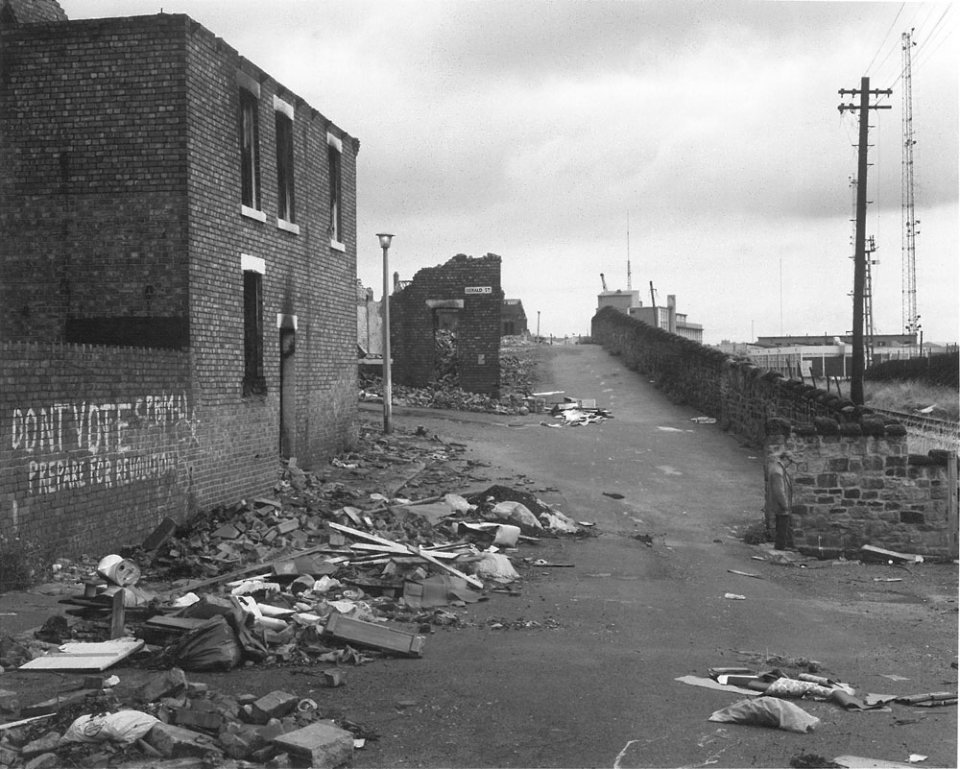
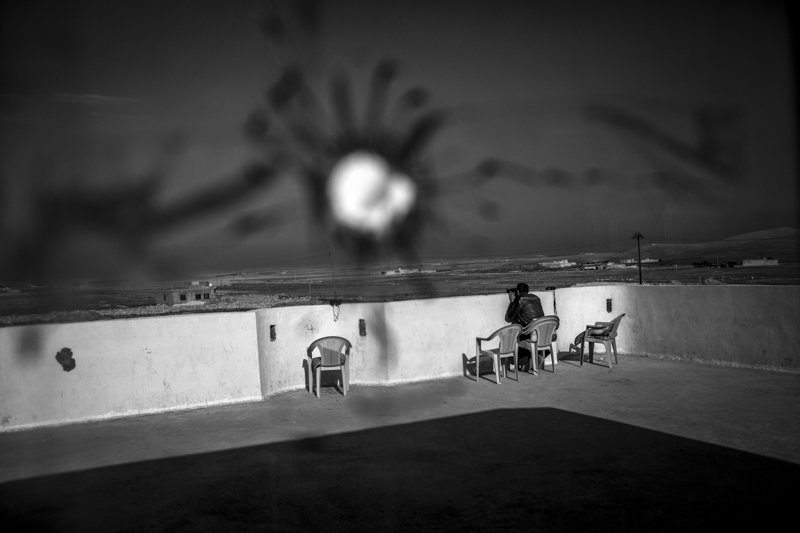

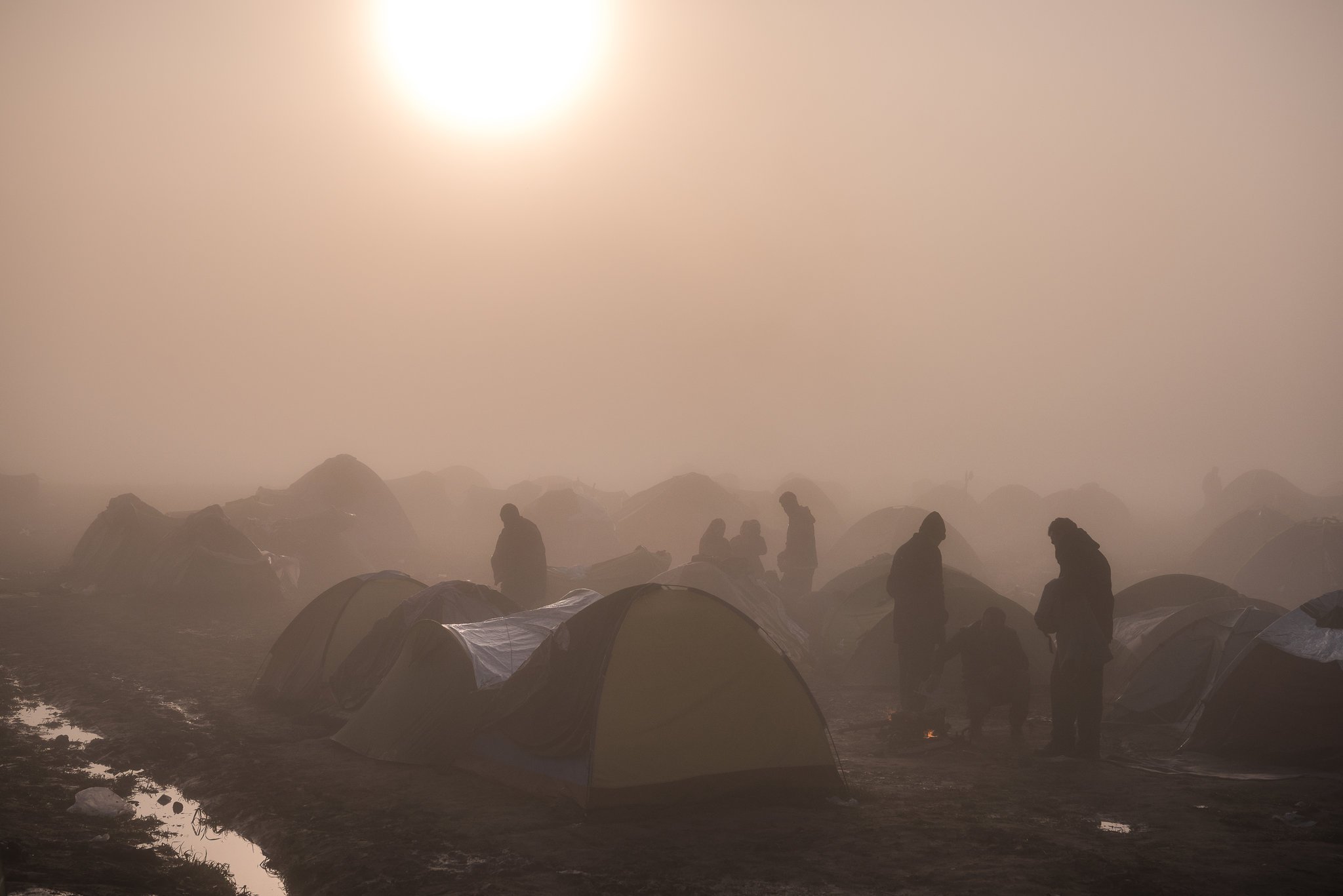
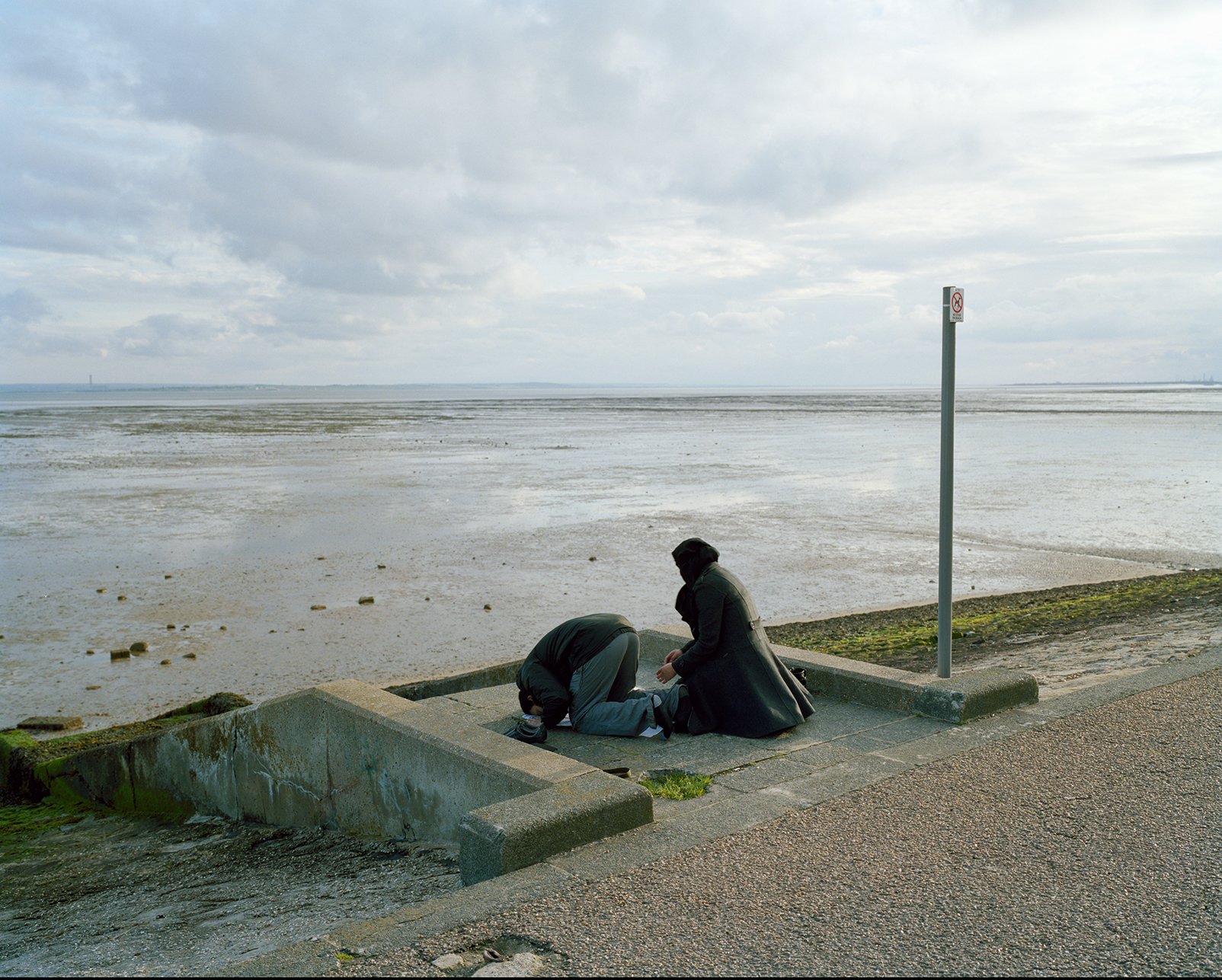
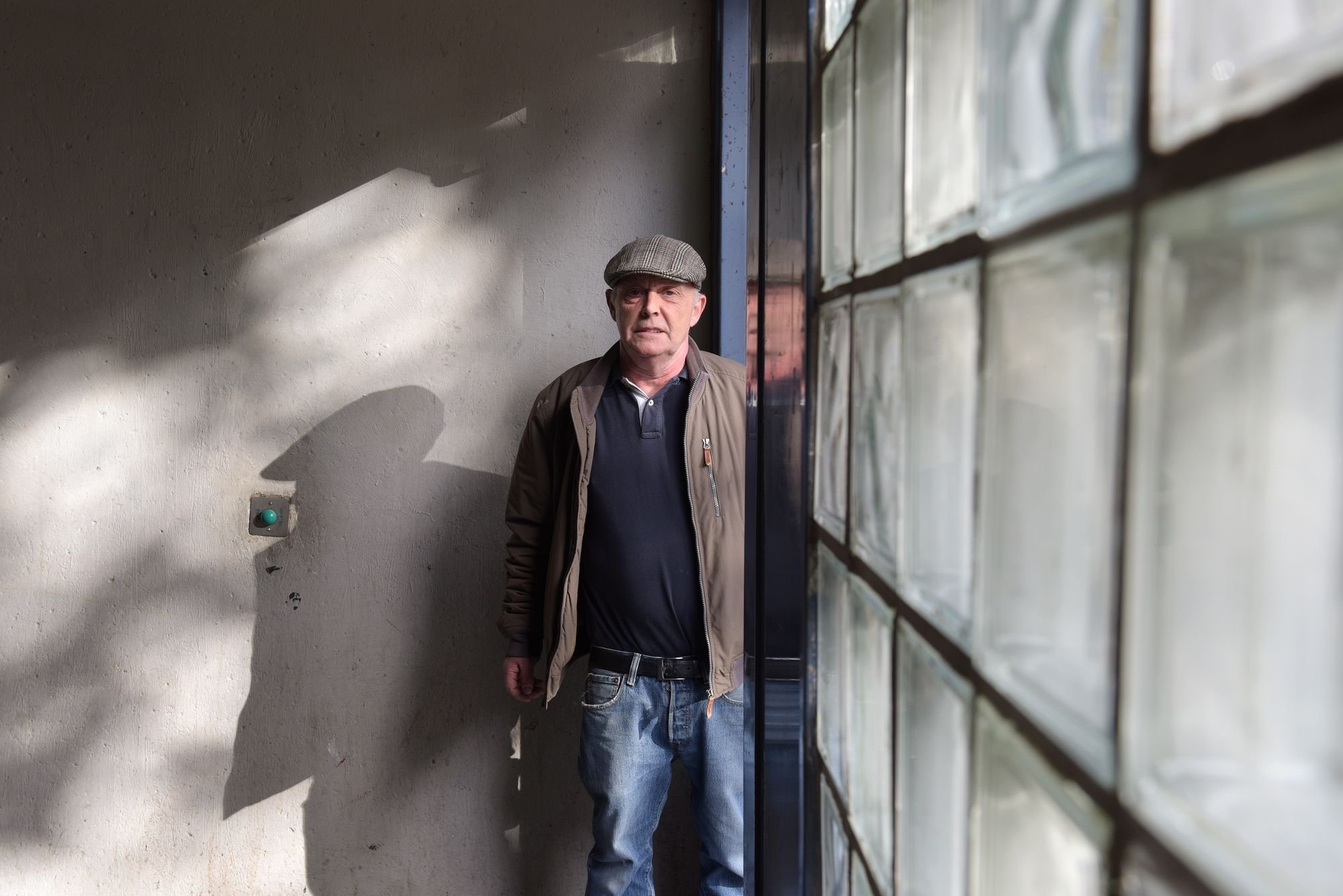

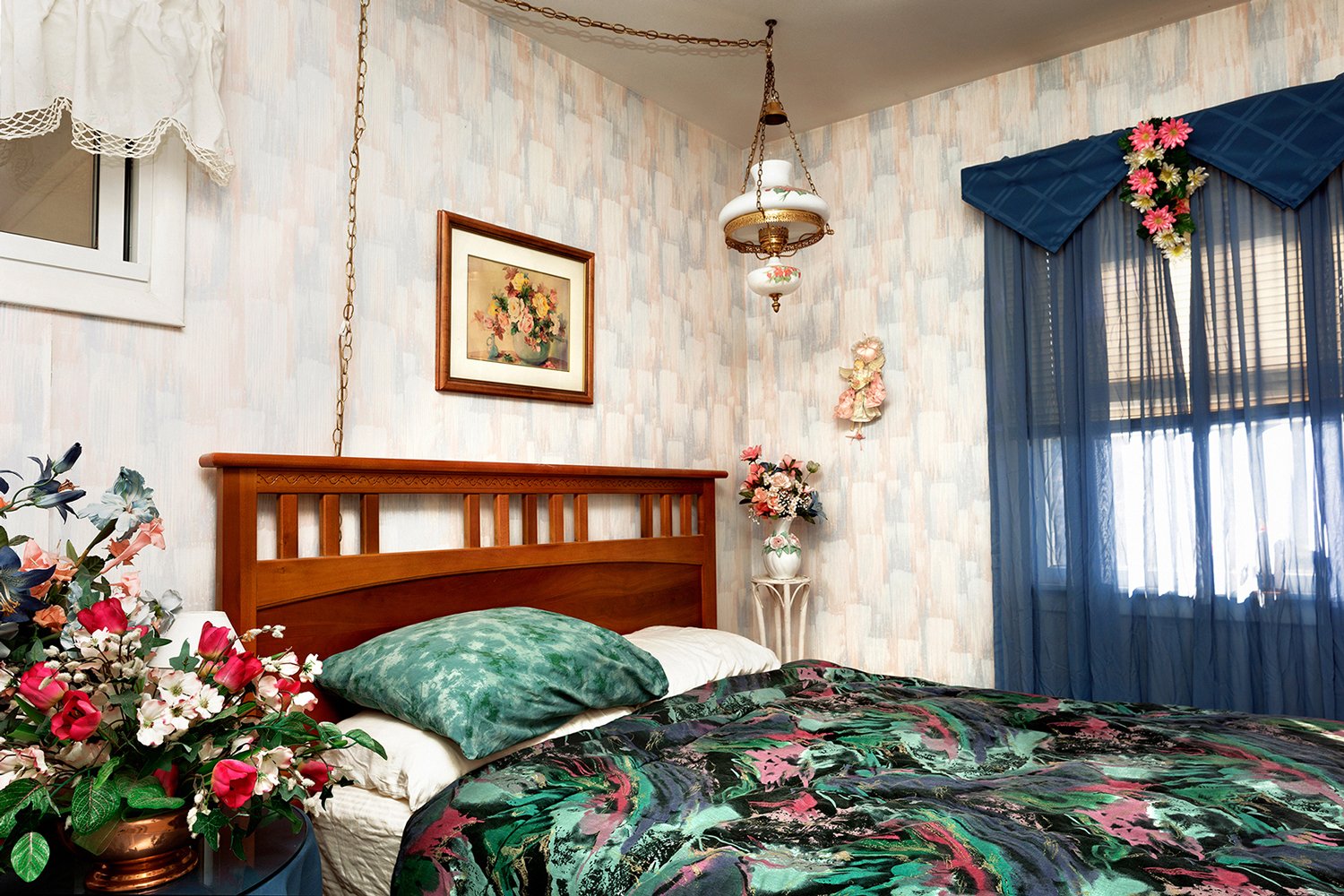
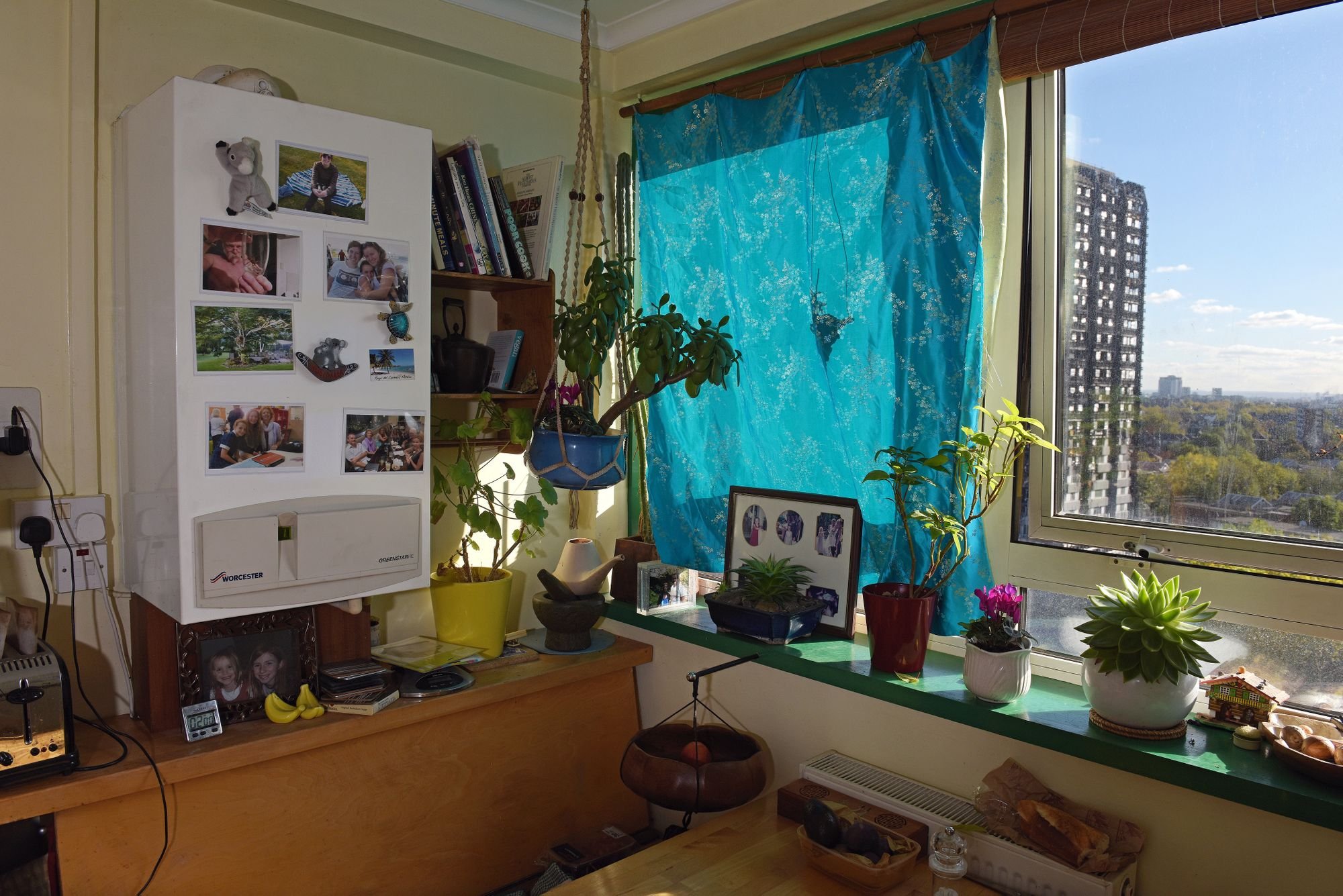
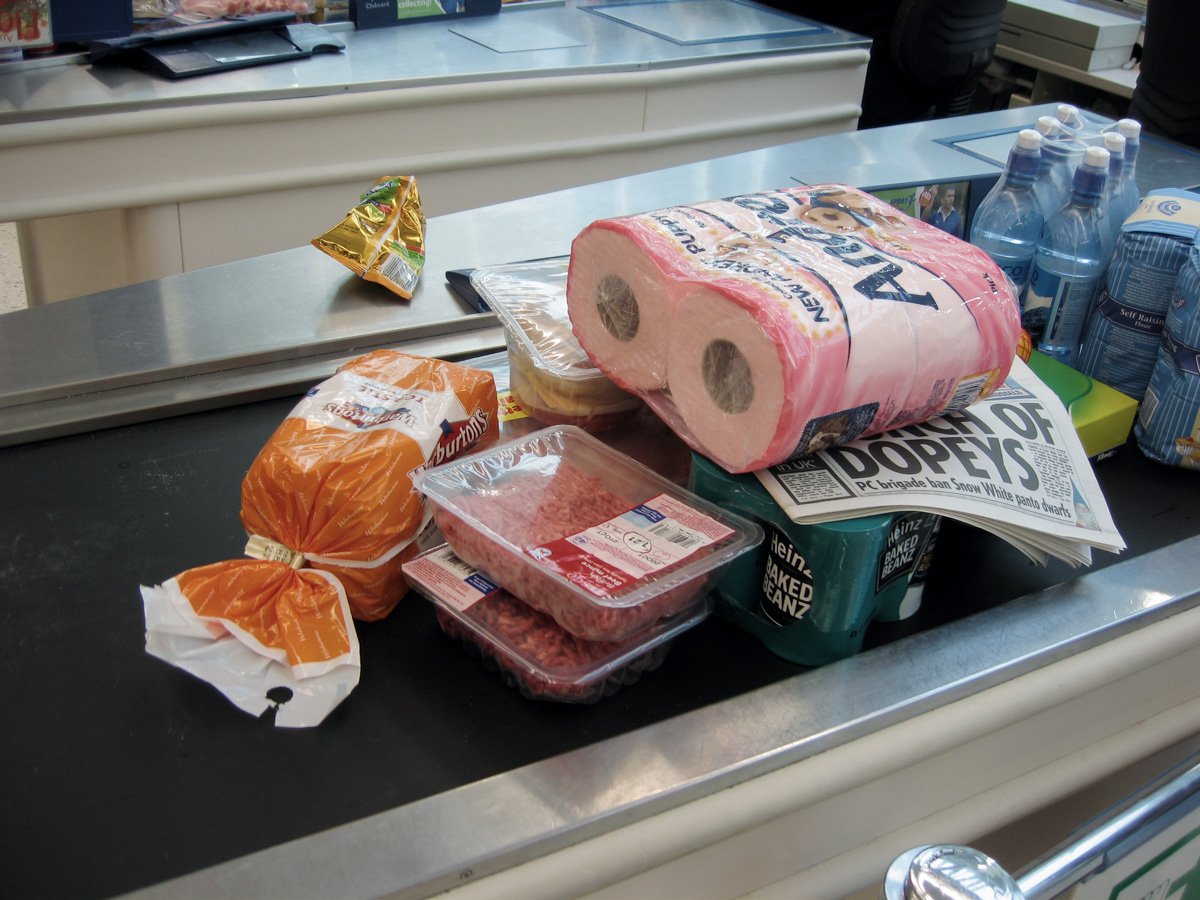
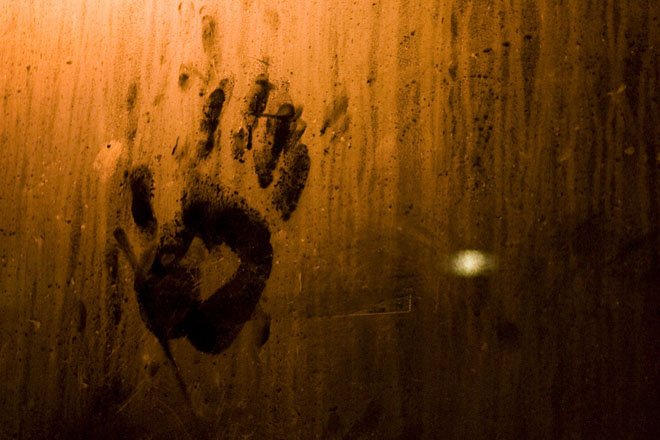
Some of the photos are by well-known photographers and some are not. I only know the photographers behind two of these images (images 1 & 5). Let me know if you recognise others.
PS
In the presentation slides at the top, I accidentally used a different image to the one from my original sequencing. They both have similar colour palettes and content and both were quite suitable. In fact, when I was doing my edits, it was a choice between the two for that particular slot in the sequence. It was the pictures on the white boiler in the kirchen image that persuaded me not to use that one and to use the bedroom one. Those pictures just didn’t seem like ones that a recently settled refugee would have. But I might be over-reading it.

